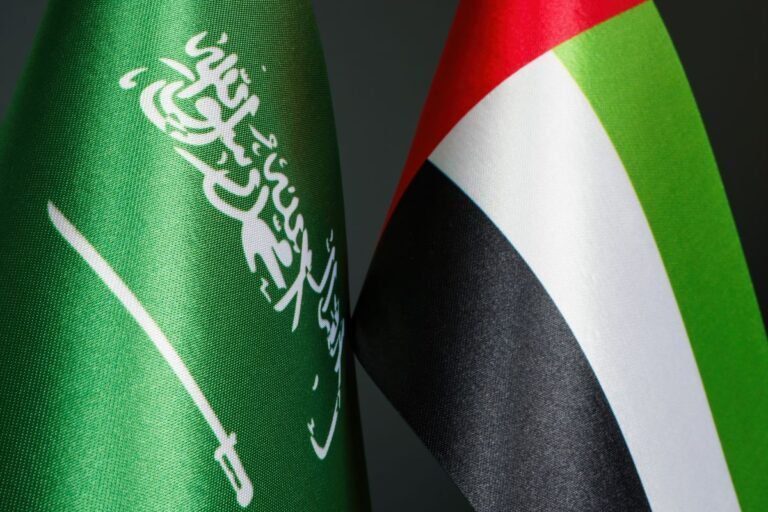Economic ties shift as Gulf-China trade surpasses Gulf-West trade projections.
Gulf-Asia trade is set to climb to $682 billion by 2030, up from $451 billion in 2023, signaling the Gulf states’ strategic economic pivot toward Asian markets. This marks a significant shift in global trade dynamics, as reported by Asia House, highlighting China’s increasing influence in a region traditionally dominated by Western partnerships.
The report predicts Gulf-China trade will surpass Gulf-West trade by 2027. In 2023, trade with China reached $225 billion, compared to $267 billion with Western nations. Despite a 12% decline in Gulf-Asia trade from 2022 to 2023 due to reduced oil prices, the long-term trajectory remains positive.
Geopolitical Shift Towards Asia
“The Middle East Pivot to Asia represents one of the fundamental geopolitical and economic shifts of our time,” the report stated, emphasizing the deepening integration of Gulf and Asian economies.
Trade within the Gulf Cooperation Council (GCC) showed mixed results in 2023. UAE-China trade dropped from $110 billion to $93 billion, while Saudi-China trade fell from $105 billion to $97 billion. In contrast, Oman-Emerging Asia trade surged, more than doubling from $4.5 billion to $11.1 billion.
Hong Kong has emerged as a key player, with Gulf trade increasing from $13 billion in 2022 to $32 billion in 2023. This growth followed Chief Executive John Lee’s visits to the UAE and Saudi Arabia, fostering stronger economic ties.
Non-Oil Trade and Investment Flourish
Non-oil trade showed robust growth in 2024. The UAE recorded a record $381.5 billion in non-oil foreign trade during the first half of the year, accounting for 18.4% of its total trade, up from 16.4% in 2023. Similarly, Saudi Arabia’s non-oil exports rose to 26.9% of total exports by mid-2024, compared to 23% in 2023.
Chinese investments in the Gulf have surged, with greenfield foreign direct investment in Saudi Arabia increasing tenfold to nearly $17 billion in 2023. “Both regions have good growth prospects, which will increase oil shipments between the Gulf and Asia, as well as trade and investment in non-oil sectors,” the report noted.
Balancing East and West
While Gulf states strengthen ties with Asia, the U.S. maintains influence, especially in technology partnerships. UAE’s AI firm G42 secured a $1.5 billion deal with Microsoft in 2024 while divesting from Chinese tech investments, reflecting a nuanced balancing act between U.S. and Chinese interests.
Additionally, Gulf sovereign wealth funds have ramped up Asian investments. China received $2.3 billion in 2023, a dramatic rise from $100 million in 2022. In August, Saudi Arabia’s Public Investment Fund signed agreements worth up to $50 billion with Chinese institutions.
Capital markets are also aligning, with Hong Kong’s stock exchange adding Abu Dhabi Securities Exchange and Dubai Financial Market as recognized exchanges in 2024, facilitating cross-listings.
Despite the short-term impact of lower oil prices in 2023, hydrocarbons remain a key component, making up half of Gulf-Asia trade. About 50% of Asia’s oil imports still come from the Gulf and the broader Middle East, underscoring the region’s energy significance.


